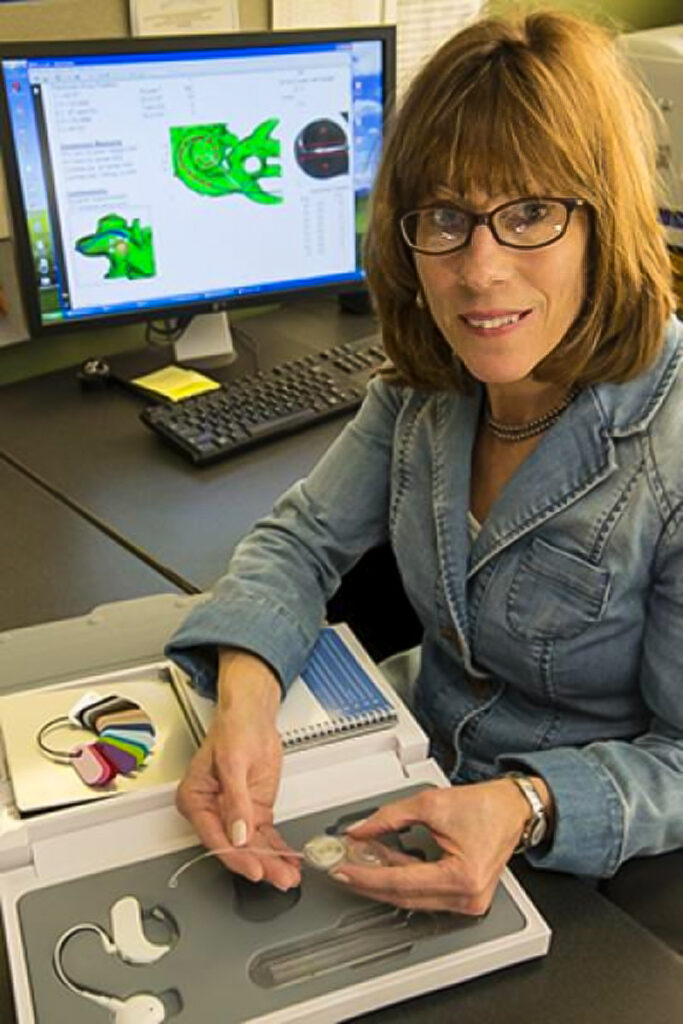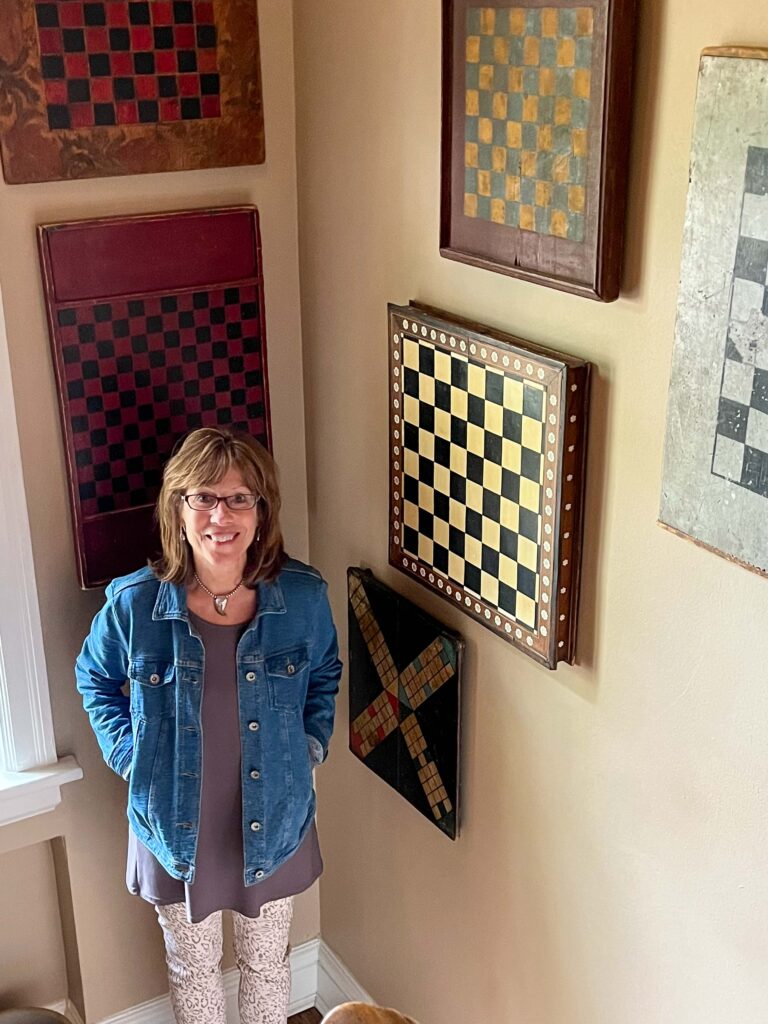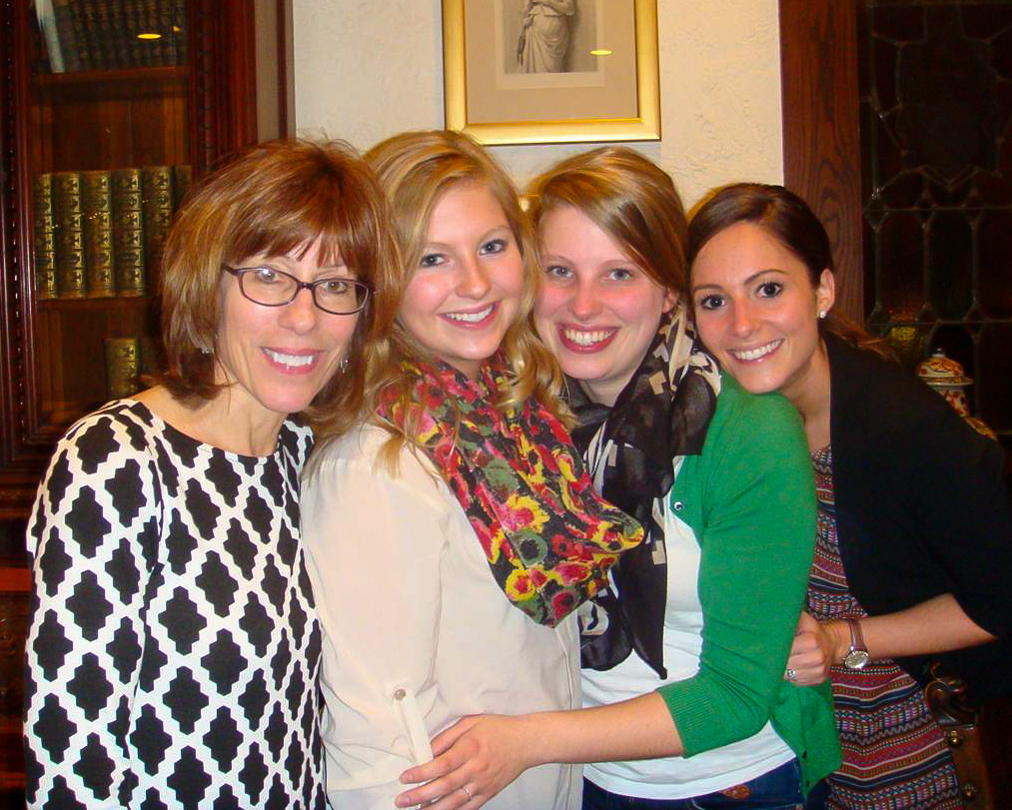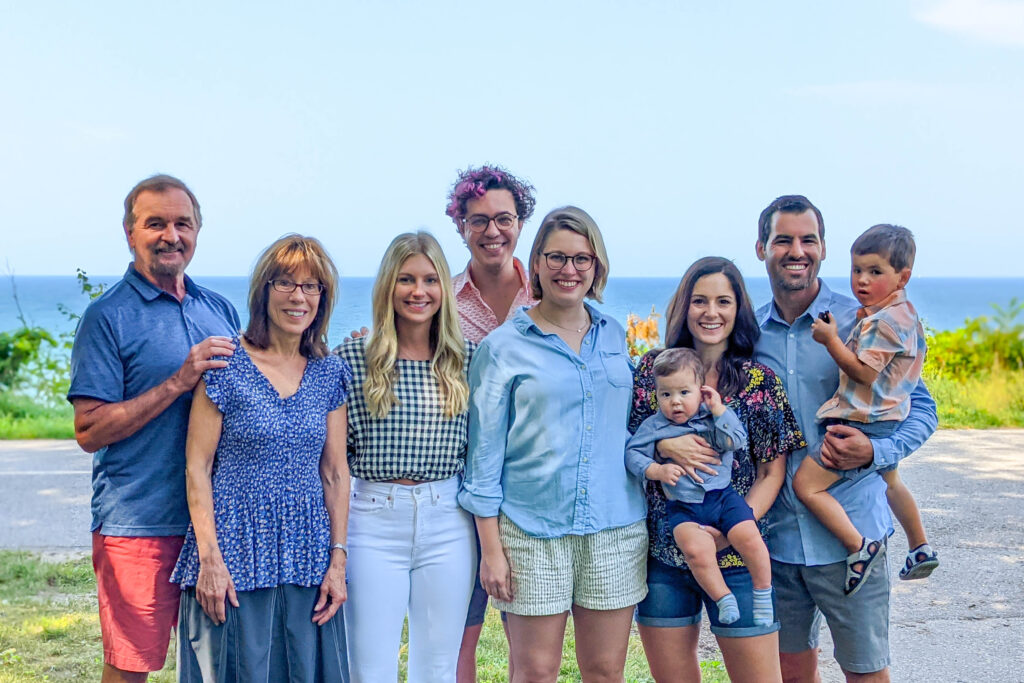The Department of Otolaryngology at Washington University School of Medicine boasts one of the busiest cochlear implant (CI) centers in the country. Last year the program implanted 246 patients, using the latest technology and guided by decades of advanced research efforts to optimize both surgical and implant programming procedures.
Professor of Otolaryngology Jill Firszt, PhD, has served as director of Washington University’s Cochlear Implant Program since 2008. Hand-picked to take over for founding director Margo Skinner, PhD, Firszt has not only maintained the program’s status as a leader in implant optimization, but continued its growth toward international prominence as a cochlear implant research center.

Here, she discusses her thoughts on the constantly developing field of cochlear implantation and how a single patient enrolled in her doctoral thesis research drove her attention to issues faced by patients with single-sided deafness.
How long have you been director of the Cochlear Implant Program?
I joined the department in 2005 as an associate professor. Prior to that, I had been the director of the Cochlear Implant Program at the Medical College of Wisconsin-Milwaukee and the Carle Clinic in Urbana, IL.
It was a joy and great privilege to work alongside Margo Skinner until her passing in early 2008. I knew I could never fill her shoes but hoped to at least park mine next to hers and continue to lead the program with the same passion and drive to improve the lives of our patients. I am still very fortunate to be surrounded by a great group of clinical and research colleagues here at WashU that share these goals.
Why did you enter the field of audiology?
I don’t have a strong personal connection with hearing loss. As a child, I became aware of the effects of deafness through a friend of a neighborhood playmate. I actually entered University of Illinois-Champaign with an interest in studying journalism.
As a freshman, one of my dorm-mates that studied in our common area was a speech and hearing sciences major. I always thought her coursework was more interesting than mine, so I took my first course in that area my sophomore year. By junior year I had officially declared myself a speech and hearing sciences major. After graduation, I enrolled in a master’s program in audiology and then decided to pursue a doctoral degree after working as a clinical audiologist for eight years.

What drove your interest in single-sided deafness?
The final patient enrolled in my dissertation thesis study was a middle-aged female who had contracted mumps at age 7. That infection left her with single-sided deafness. At age 47, after losing her good ear to an acoustic neuroma, she received a cochlear implant on the childhood deafened ear, in spite of receiving no stimulation in that ear for 40 years! I was amazed that as early as three months post-implant, she had good word and sentence recognition.
I kept thinking about her and how assymetrical hearing might affect the auditory system as I started my research career. I decided to include some questions about unilateral hearing loss as part of my first grant. Now, 25 years later, it is still a major focus of our research and more and more patients with unilateral hearing loss are benefitting from cochlear implants.
Are there any exciting changes in technology or future directions for cochlear implant users?
The exciting thing is that there is really a lot of work left to do! While the implants themselves have undergone continual improvements in design and the FDA is adopting more lenient criteria to allow more types of patients to benefit, we are still challenged in specific areas, for example, how best to provide optimal speech recognition in the presence of background noise. The field is so cross-disciplinary – engineers, auditory and cognitive scientists, surgeons, speech-language pathologists, audiologists and educators – and that allows technological advances to be translated to better outcomes for more patients.
What do you like to do in your spare time?

I’ve been a runner since 1978. I ran a few marathons and many 10K runs where I acquired quite a collection of free t-shirts. Now, when I get the opportunity, I still run just for the pleasure – being outside and moving helps to clear the mind. I like to garden, and I am also an antique collector – things like old game boards, coffee grinders and Indian head bookends. With a husband, three daughters and now two grandsons, my most enjoyable free time is spent with family. It hasn’t always been easy to juggle family and a professional career, but they have pulled me through some tough times. In fact, late in my graduate studies I was tired and frustrated and ready to put my career aside. I called my father, a quiet conservative World War II veteran, whose wife – my mother – never worked outside the home, expecting him to encourage me to follow in those more traditional footsteps. Instead, he told me, “Some people never find their passion. If you are lucky enough to have found yours, don’t give up on it!” So, I continued on, and to this day, I encourage everyone to follow their passion or keep looking for it!
